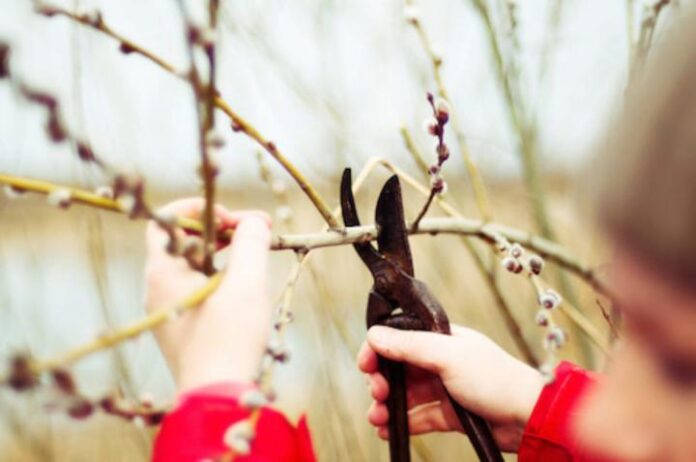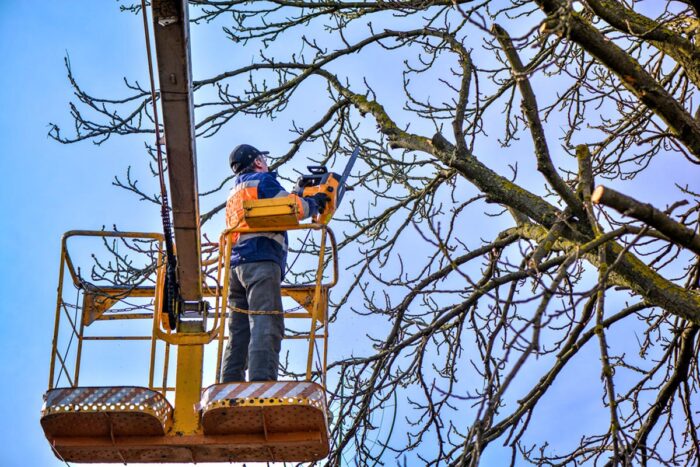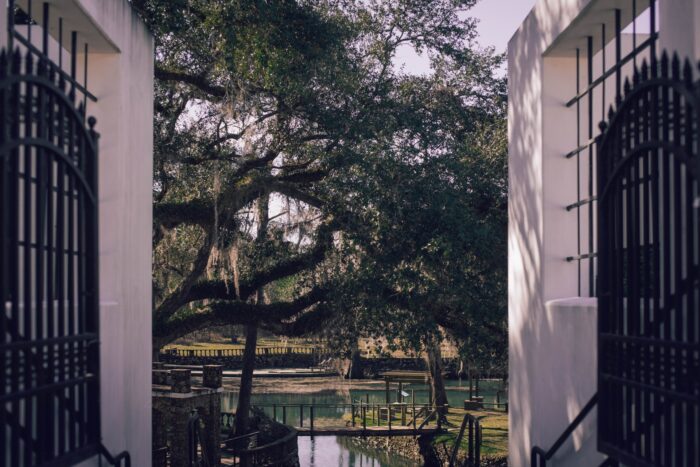
Tree trimming and pruning are not too big of a task if you know its ABCs. You can even handle the job yourself, with the right tools and the proper knowledge. The good news is, there are a lot of excellent trimming guidelines that you can follow to keep your tree in top condition. Knowing the right techniques gives you confidence that you can complete the job successfully. Make sure you have the appropriate tools as well for the best results.
After knowing the basics of tree trimming and pruning and you are still not confident with doing it yourself, you can always hire a professional to do the job for you. Keep reading for the simple guidelines in trimming and pruning.
Reasons to Trim or Prune a Tree

The reason for trimming or pruning a tree generally falls into three categories: aesthetics, health, and safety.
- Aesthetics- One of the most effective tools to keep the beautiful shape and appearance of a tree is by regular pruning. But, make sure you don’t force an unnatural shape on a tree because it will not only affect the appearance but its health as well.
- Safety- Dead and damaged branches can pose a safety hazard in your yard. They should be trimmed immediately, especially if they obstruct your sight on the road. Further, branches and limbs that grow too close a power line should be trimmed right away before they cause serious problems.
- Health- Even if your tree is infected with a disease, you can still save it by cutting away the affected limbs and branches. By thinning the crown, you can improve the airflow, which is crucial for the health of the tree. Crossing branches and those rubbing against each other should also be removed to avoid them falling unexpectedly.
Practical Tree Trimming Tips
Most tree species benefit from being trimmed or pruned during their dormant season. Pine trees, however, can be pruned no matter the season, but it still advisable to do it in is a dormant state, except of course if there is a hazard present.
- Be mindful of the size of the branch that you will trim away. It is safe to cut a branch that is not more than five centimeters in diameter. It might not be a good idea to remove a branch if it is between five and ten centimeters. Further, trimming branches that are more than 10 centimeters in diameter should be done with a valid reason.
- Limit your trimming to branches that have weak, narrow angles. If the branch you wish to remove has U-shaped angles, you should keep it there. Further, if lateral branches are not between one-half and three-fourths the diameter of the stem, then it should be eliminated.
- Keep in mind that the ratio of the living crown to the height of the three should be two-thirds.
It is highly suggested by qualified arborists, such as treeservicerockville.com, to prune branches when they are young because it serves as training for the branches to grow in a healthy manner. Younger branches are much easier to manage, and there is a low risk of leaving bad scars. - Never trim the branch through the collar.
Tree Pruning Tips
We have compiled the following useful techniques to educate our readers regarding the right way of tree trimming and proper care and maintenance techniques.
Crown Thinning
Crown thinning is beneficial to the health of the tree because it improves airflow inside the branches. Keep the following tips when thinning the crown of your tree:
As much as possible, keep side branches evenly spaced, more importantly on young trees.
Get rid of branches that cross or rub against each other because they can cause infection and affect the health of the entire tree.
Don’t over trim the crown. Never go beyond one-fourth of the living crown in one trimming session.
Crown Raising
Crown raising is done to clear the lower part of the tree and prevent obstruction among pedestrians and other valid reasons. Keep the live branches at least two-thirds of the tree’s height, or else, the tree may be unable to grow sturdy stems.
Crown Reduction
Get rid of the entire branch if it requires you to remove half of its foliage.
Don’t trim the crown of a tree unless it is really needed. Cut side branches that are one-third of the diameter of the stem you wish to eliminate.
Tree Trimming Tips

The following are some helpful tips on proper trimming techniques:
- Spot the branch collar before you make your first cut. The branch collar is located at the bottom base of the branch from where the stem tissue buds. Locate the branch ridge, which is parallel to the branch angle at the stem.
- Make your cut farther the stem just outside the branch bark ridge. The cut should be on an angle down and be careful not to damage the branch collar.
Follow the same steps in cutting dead and living branches. - Utilize the three-cut technique for long stems. The first strike should be an undercut, about eight inches from the branch collar. It should face away from the branch you want to keep. The second cut should be inside the crotch of the branch, and the third cut should remove the stub from the trunk. Do this by cutting through the stem side by side the branch bark ridge.
Before starting your trimming project, make sure you know these essential techniques for a successful result.
How Much Does It Cost to Have a Tree Trimmed?
Consider regular trimming if you want to keep the overall beauty and shape of your tree and landscape. Trimming and pruning are usually neglected by some property owners, not knowing how advantageous they are for the health of your tree. The tree service company determines the cost of tree trimming based on different factors, including the size, age, and species. It will work on your advantage if you ask several quotes from different companies. This way, you’ll be able to compare the services, more importantly, the price of the service you need.
For more information visit https://www.








